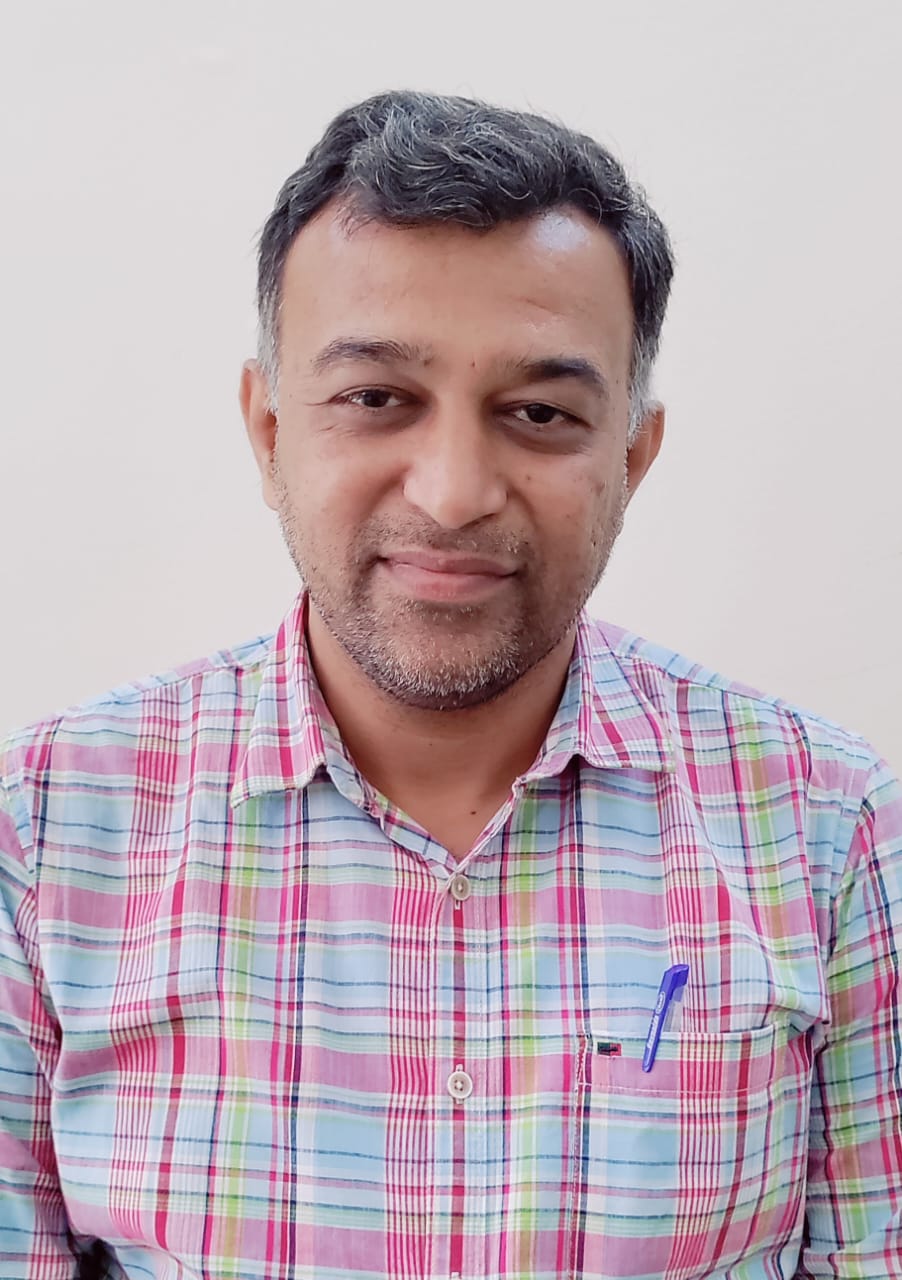Mahesh Bhandari
Verified @gmail.com
Assistant Professor Information Technology
VIIT/SP Pune University
EDUCATION
BE (Information Technology) ME(Computer Network) PhD(Computer Science)
RESEARCH INTERESTS
Cloud Computing
Network Security
Machine Learning
Deep Learning
FUTURE PROJECTS
Stock Insights using Prophet and ARIMA
Stock Insights is a web-based application designed to provide users with valuable insights into stock prices, utilizing two powerful algorithms - Prophet and ARIMA. The project aims to provide stock investors and traders with an easy-to-use tool to visualize stock trends and predict future prices. Streamlit is used as the primary tool for developing the web application, which provides an intuitive and user-friendly interface. Users can select stocks and timeframes to analyze, and the algorithms generate predictions based on historical data. The predictions are displayed in an easy-to- read format, enabling users to make informed investment decisions. The Prophet algorithm is used to analyze seasonality and trends in stock prices, while ARIMA is utilized to predict future values based on historical patterns. Both algorithms work together to provide more accurate predictions and a better understanding of the stock market. Overall, Stock Insights is an essential tool for investors and t
Applications Invited
Scopus Publications
Scopus Publications
Vitthal S Gutte, Pramod Mundhe, and Mahesh Bhandari
IEEE
In today's world, agriculture is the most important source of growth. It is an essential component of both economic and social life. Plant disease is becoming an important field in India, in the literal sense of the word. In the past, disease detection systems were designed for monocot or dicot plant families. Gradually, as scientific and special to some science or trade progress, more safe, good, ready, and working well methods are offered and have undergone growth for early detection of plant disease through the smallest wide space for turning time. We have instrumented a careful way to show monocot and dicot disease in this paper. Our methodical approach aids in the treatment of the disease by reducing the number of errors. To detect plant leaf disease, we took three steps. It primarily takes three forms: first, breaking down the leaf into parts, then removing the points, and finally, ordering. It has come to be part of the acted-on part of plant leaf using the k-means quince into group's expert way in the breaking down into parts process. The material's feel, appearance, and color are revealed after it is broken down into primarily form parts. Finally, the information gleaned from the features is applied to the order using the Support Guide Machine to detect plant disease.
Mahesh Bhandari, Vitthal S. Gutte, and Pramod Mundhe
Springer Nature Singapore

